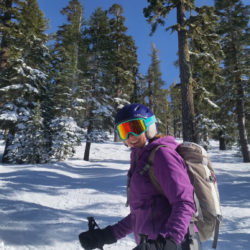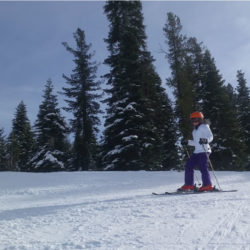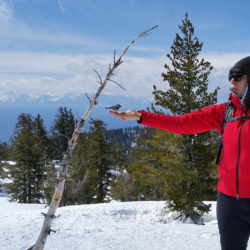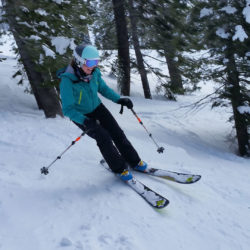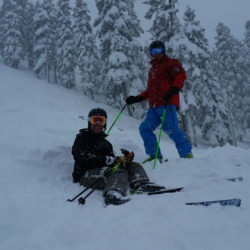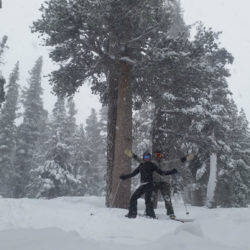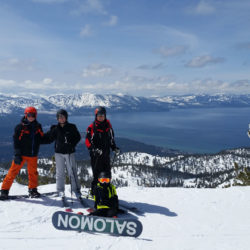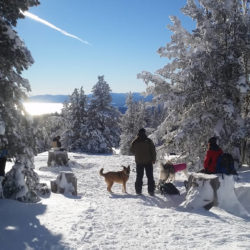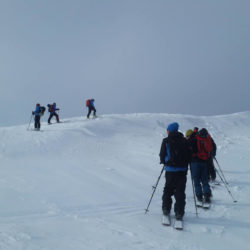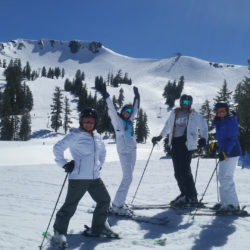The Origins of the US Ski Industry
The ski industry in the United States has undergone significant transformation, shaped by the federal government’s management of public lands and the emergence of billion-dollar corporations controlling commercial concessions. Initially introduced by Scandinavian immigrants in the late 19th and early 20th centuries, skiing evolved from a recreational activity to a thriving industry with the development of ski resorts and lifts in the 1930s.
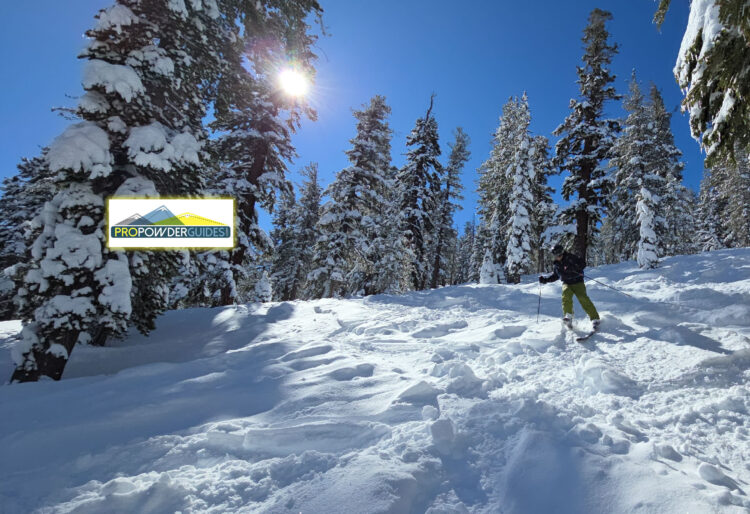
Propowderguides.com Private Ski Lessons
Public Ownership: US Taxpayers and Mountainous Terrain
A critical aspect often overlooked is that the mountainous terrain on which most ski resorts operate is owned by US taxpayers. The federal government manages these public lands, leasing them to corporations for commercial development. However, the ownership remains vested in the public, highlighting the significance of public interest in the ski industry’s operations.
The Rise of Monopolistic Control in the Ski Industry
Despite this public ownership, skiing has increasingly become an activity accessible only to the affluent due to the monopolistic control exerted by billion-dollar corporations within the industry. The escalating costs associated with skiing, from lift tickets to equipment rentals, have rendered the experience prohibitively expensive for many individuals. This exclusivity perpetuates a socioeconomic divide, where only those with significant financial means can afford to partake in the sport.
Escalating Costs: Accessibility Challenges for Skiers
The federal government’s leasing of mountainous terrain to corporations for commercial development played a pivotal role in shaping the ski industry. This leasing arrangement granted exclusive control over commercial concessions, creating a monopoly within the industry. Consequently, a few billion-dollar corporations now dominate the commercial ski sector, with the federal government’s backing.
Impact on Ski Instruction and Innovation
The consolidation of power among these corporations has implications for ski instruction and innovation. With a focus on revenue generation, these corporations prioritize profit over pedagogy, hindering the development of innovative instructional techniques and curriculum. Ski schools under their control often adhere to standardized programs geared towards profitability rather than individualized learning.
The Symbiotic Relationship: Corporations and Government
Furthermore, the symbiotic relationship between these corporations and the state solidifies their dominance. By leveraging their influence and resources, corporations maintain control over commercial concessions on public lands, stifling competition. In return, the state benefits economically and retains leverage over corporate activities.
Advocating for Change: Demanding Fair Access and Accountability
In conclusion, the evolution of the ski industry in the United States, from its inception to its current state of monopolistic control, reflects broader trends in commercialization and government intervention. Recognizing the ownership of mountainous terrain by US taxpayers underscores the importance of public interest in the ski industry’s operations. Addressing monopolistic control is crucial for fostering diversity and innovation in ski instruction, ensuring the long-term sustainability and growth of the sport while upholding public ownership.
Until skiers demand that the US Government adjusts their lease terms to allow competitive private ski instruction and end the monopolist protection granted to billion-dollar ski areas, the sport will continue to become more expensive and less accessible. It’s imperative that we advocate for fair and equitable access to our public lands, ensuring that skiing remains a sport enjoyable to all.
Lake Tahoe’s independent, affordable family instructor mountain guides. Safely building beginner to advanced skills for skiing, boarding, snowshoeing and alpine sightseeing.
Lake Tahoe | Northstar | Squaw Valley | Heavenly | Kirkwood | Alpine Meadows | Mt. Rose | Homewood | Diamond Peak | Tahoe Backcountry | Sugar Bowl















